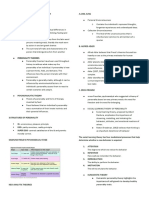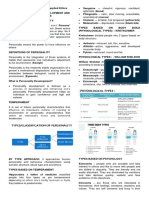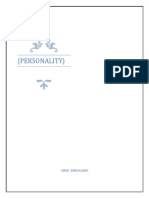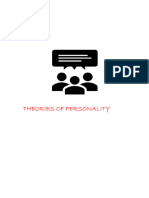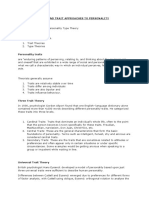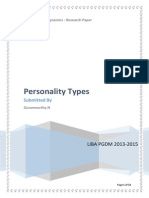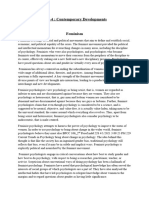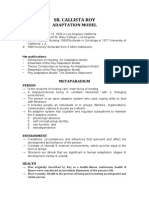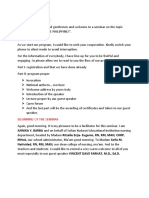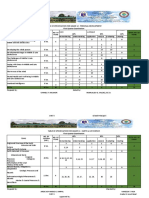0% found this document useful (0 votes)
44 views53 pagesPID Unit I (1) 2
Uploaded by
Shivya AroraCopyright
© © All Rights Reserved
We take content rights seriously. If you suspect this is your content, claim it here.
Available Formats
Download as KEY, PDF, TXT or read online on Scribd
0% found this document useful (0 votes)
44 views53 pagesPID Unit I (1) 2
Uploaded by
Shivya AroraCopyright
© © All Rights Reserved
We take content rights seriously. If you suspect this is your content, claim it here.
Available Formats
Download as KEY, PDF, TXT or read online on Scribd
/ 53












